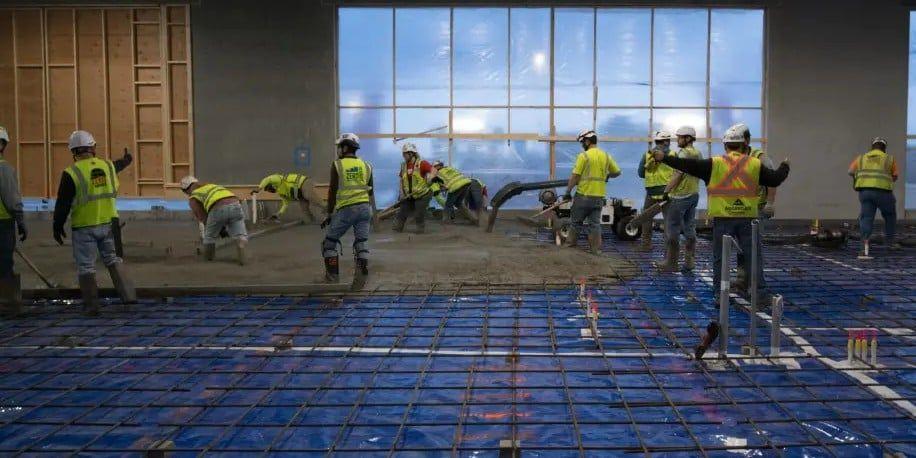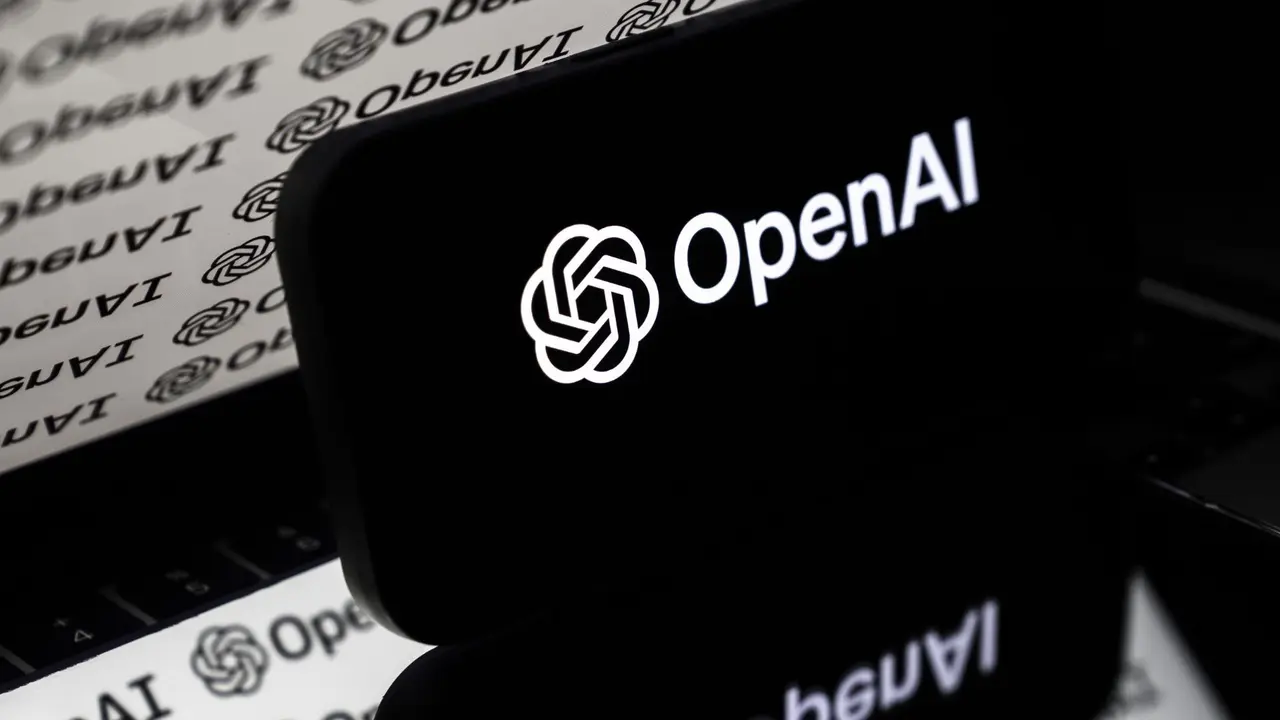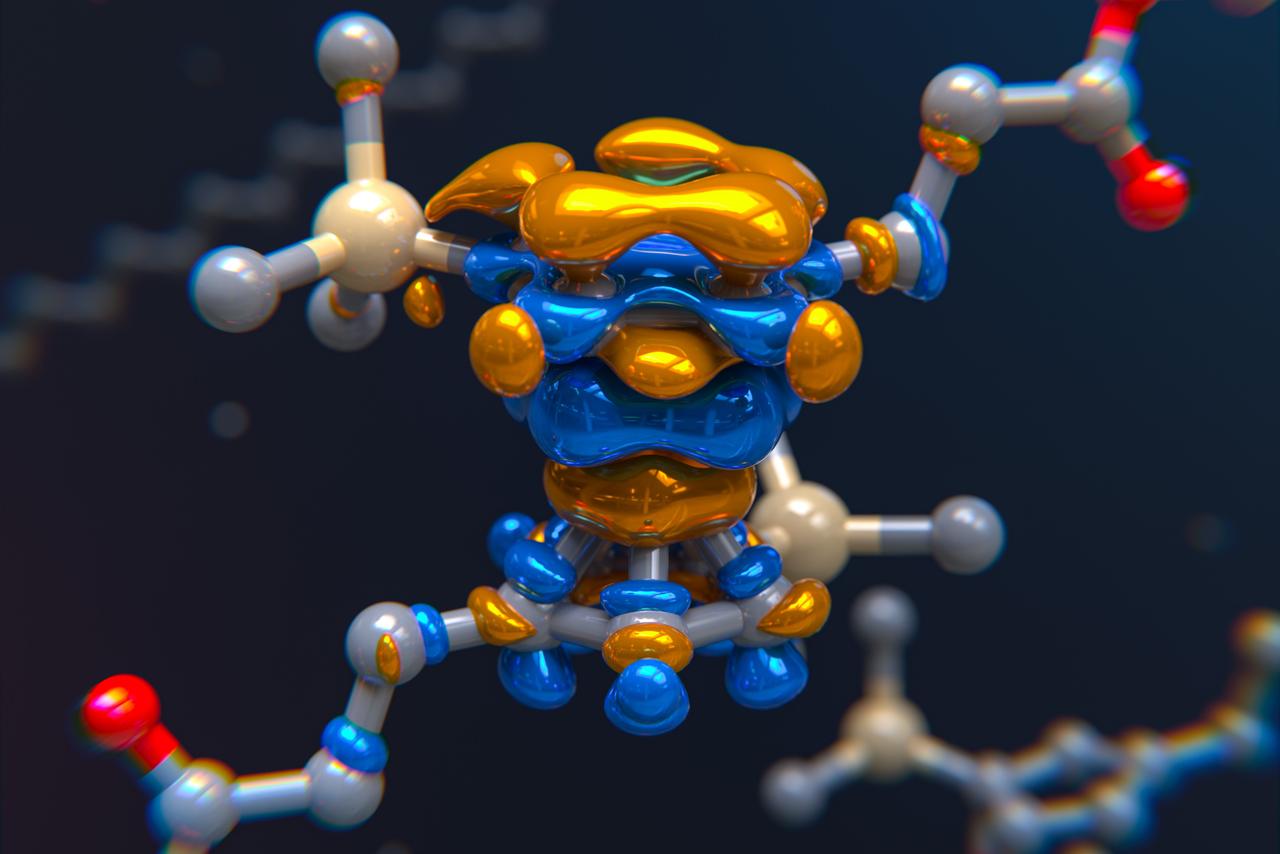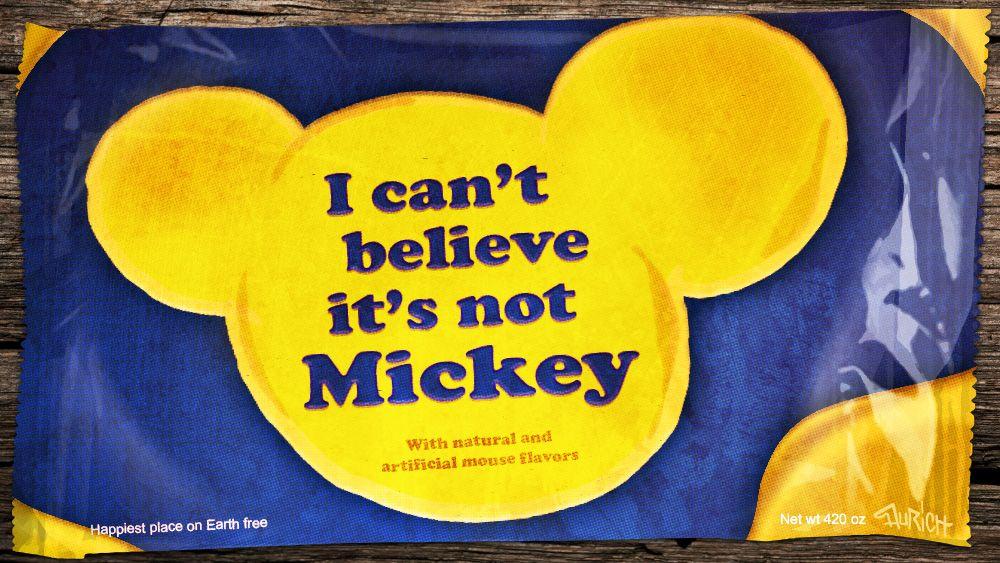MIT Researchers Leverage AI to Revolutionize Concrete Production with Sustainable Alternatives
2 Sources
2 Sources
[1]
AI stirs up the recipe for concrete in MIT study
Caption: A team led by Soroush Mahjoubi, a postdoc in civil and environmental engineering, built a machine-learning framework that evaluates and sorts candidate materials for cleaner concrete based on their physical and chemical properties. "Some of the most interesting materials that could replace a portion of cement are ceramics," notes Mahjoubi. "Old tiles, bricks, pottery -- all these materials may have high reactivity." For weeks, the whiteboard in the lab was crowded with scribbles, diagrams, and chemical formulas. A research team across the Olivetti Group and the MIT Concrete Sustainability Hub (CSHub) was working intensely on a key problem: How can we reduce the amount of cement in concrete to save on costs and emissions? The question was certainly not new; materials like fly ash, a byproduct of coal production, and slag, a byproduct of steelmaking, have long been used to replace some of the cement in concrete mixes. However, the demand for these products is outpacing supply as industry looks to reduce its climate impacts by expanding their use, making the search for alternatives urgent. The challenge that the team discovered wasn't a lack of candidates; the problem was that there were too many to sort through. On May 17, the team, led by postdoc Soroush Mahjoubi, published an open-access paper in Nature's Communications Materials outlining their solution. "We realized that AI was the key to moving forward," notes Mahjoubi. "There is so much data out there on potential materials -- hundreds of thousands of pages of scientific literature. Sorting through them would have taken many lifetimes of work, by which time more materials would have been discovered!" With large language models, like the chatbots many of us use daily, the team built a machine-learning framework that evaluates and sorts candidate materials based on their physical and chemical properties. "First, there is hydraulic reactivity. The reason that concrete is strong is that cement -- the 'glue' that holds it together -- hardens when exposed to water. So, if we replace this glue, we need to make sure the substitute reacts similarly," explains Mahjoubi. "Second, there is pozzolanicity. This is when a material reacts with calcium hydroxide, a byproduct created when cement meets water, to make the concrete harder and stronger over time. We need to balance the hydraulic and pozzolanic materials in the mix so the concrete performs at its best." Analyzing scientific literature and over 1 million rock samples, the team used the framework to sort candidate materials into 19 types, ranging from biomass to mining byproducts to demolished construction materials. Mahjoubi and his team found that suitable materials were available globally -- and, more impressively, many could be incorporated into concrete mixes just by grinding them. This means it's possible to extract emissions and cost savings without much additional processing. "Some of the most interesting materials that could replace a portion of cement are ceramics," notes Mahjoubi. "Old tiles, bricks, pottery -- all these materials may have high reactivity. That's something we've observed in ancient Roman concrete, where ceramics were added to help waterproof structures. I've had many interesting conversations on this with Professor Admir Masic, who leads a lot of the ancient concrete studies here at MIT." The potential of everyday materials like ceramics and industrial materials like mine tailings is an example of how materials like concrete can help enable a circular economy. By identifying and repurposing materials that would otherwise end up in landfills, researchers and industry can help to give these materials a second life as part of our buildings and infrastructure. Looking ahead, the research team is planning to upgrade the framework to be capable of assessing even more materials, while experimentally validating some of the best candidates. "AI tools have gotten this research far in a short time, and we are excited to see how the latest developments in large language models enable the next steps," says Professor Elsa Olivetti, senior author on the work and member of the MIT Department of Materials Science and Engineering. She serves as an MIT Climate Project mission director, a CSHub principal investigator, and the leader of the Olivetti Group. "Concrete is the backbone of the built environment," says Randolph Kirchain, co-author and CSHub director. "By applying data science and AI tools to material design, we hope to support industry efforts to build more sustainably, without compromising on strength, safety, or durability. In addition to Mahjoubi, Olivetti, and Kirchain, co-authors on the work include MIT postdoc Vineeth Venugopal, Ipek Bensu Manav SM '21, PhD '24; and CSHub Deputy Director Hessam AzariJafari.
[2]
AI sorts 1 million rock samples to find cement substitutes in waste
"Old tiles, bricks, pottery -- all these materials may have high reactivity. That's something we've observed in ancient Roman concrete, where ceramics were added to help waterproof structures. I've had many interesting conversations on this with Professor Admir Masic, who leads a lot of the ancient concrete studies here at MIT." The research team is planning to update the framework and make it capable for assessing even more materials as they validate the best candidates simultaneously. "Concrete is the backbone of the built environment," said Randolph Kirchain, co-author and CSHub director. "By applying data science and AI tools to material design, we hope to support industry efforts to build more sustainably, without compromising on strength, safety, or durability." Elsewhere, a new study published in Scientific Reports has outlined an AI-powered framework that couples Deep Neural Networks(DNNs) and multi-objective particle swarm optimization (MOPSO) to design environmentally conscious concrete mixes.
Share
Share
Copy Link
MIT scientists use AI to analyze millions of rock samples, identifying potential cement substitutes from waste materials, paving the way for more sustainable concrete production.
MIT Researchers Harness AI to Revolutionize Concrete Production
In a groundbreaking study, researchers at the Massachusetts Institute of Technology (MIT) have employed artificial intelligence to identify sustainable alternatives for cement in concrete production. The team, led by postdoc Soroush Mahjoubi, has developed a machine-learning framework that evaluates and sorts potential cement substitutes based on their physical and chemical properties
1
.
Source: MIT
The Challenge of Sustainable Concrete
Concrete, a ubiquitous building material, has long been a focus of sustainability efforts due to its significant environmental impact. While materials like fly ash and slag have been used to partially replace cement, the increasing demand for these alternatives has outpaced supply. This shortage has intensified the search for new, sustainable options
1
.AI-Powered Material Analysis
The MIT team's innovative approach leverages large language models to analyze vast amounts of scientific literature and over one million rock samples. This AI-driven framework sorts candidate materials into 19 categories, ranging from biomass to mining byproducts and demolished construction materials
1
.Key Criteria for Cement Substitutes
Mahjoubi explains two crucial properties for potential cement replacements:
- Hydraulic reactivity: The material must harden when exposed to water, similar to cement.
- Pozzolanicity: The ability to react with calcium hydroxide, enhancing concrete strength over time
1
.
Promising Alternatives from Waste Materials

Source: Interesting Engineering
The study revealed that suitable materials are globally available and many can be incorporated into concrete mixes with minimal processing. Ceramics, such as old tiles, bricks, and pottery, have emerged as particularly promising candidates
1
.Related Stories
Ancient Inspiration for Modern Solutions
Interestingly, the potential of ceramics in concrete is not a new concept. Ancient Roman concrete, known for its durability, incorporated ceramics to enhance waterproofing. This historical precedent has sparked collaborations with experts in ancient concrete studies at MIT
1
.Towards a Circular Economy in Construction
By identifying everyday and industrial waste materials as potential cement substitutes, this research contributes to the development of a circular economy in the construction sector. It offers a way to repurpose materials that would otherwise end up in landfills, giving them a second life in buildings and infrastructure
1
.Future Directions and Industry Impact
The research team plans to enhance their AI framework to assess an even broader range of materials while experimentally validating the most promising candidates. Professor Elsa Olivetti, a senior author on the study, expressed excitement about leveraging the latest developments in large language models for future research
1
.Randolph Kirchain, co-author and director of the MIT Concrete Sustainability Hub, emphasized the potential of this approach to support sustainable construction practices without compromising on essential qualities like strength, safety, and durability
2
.As the construction industry seeks to reduce its environmental footprint, this AI-driven approach to material design represents a significant step towards more sustainable building practices, potentially transforming the future of concrete production.
References
Summarized by
Navi
[2]
Related Stories
AI Breakthrough: Simulating Billions of Atoms to Create Carbon-Neutral, Long-Lasting Concrete
24 Jul 2025•Science and Research

AI Accelerates Development of Climate-Friendly Cement Recipes
19 Jun 2025•Science and Research

Meta Pioneers AI-Optimized Low-Carbon Concrete for New Data Center
17 Jul 2025•Technology

Recent Highlights
1
AI Chatbots Sway Voters More Effectively Than Traditional Political Ads, New Studies Reveal
Science and Research

2
Trump signs executive order to override state AI laws despite bipartisan pushback
Policy and Regulation

3
OpenAI warns upcoming AI models will likely pose high cybersecurity risk with zero-day exploits
Technology





